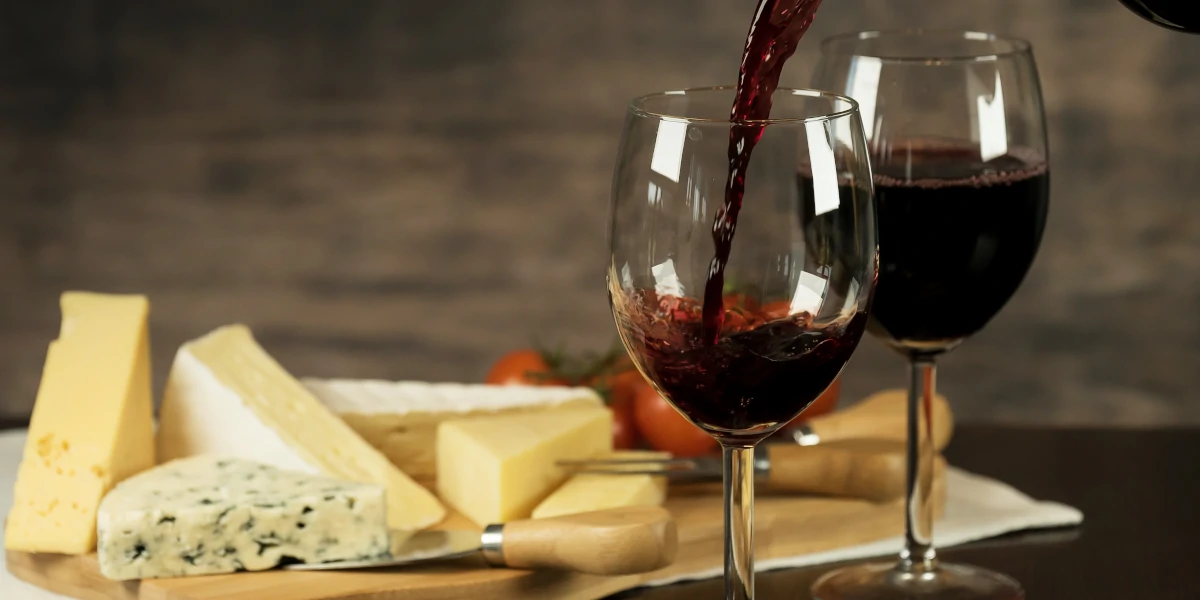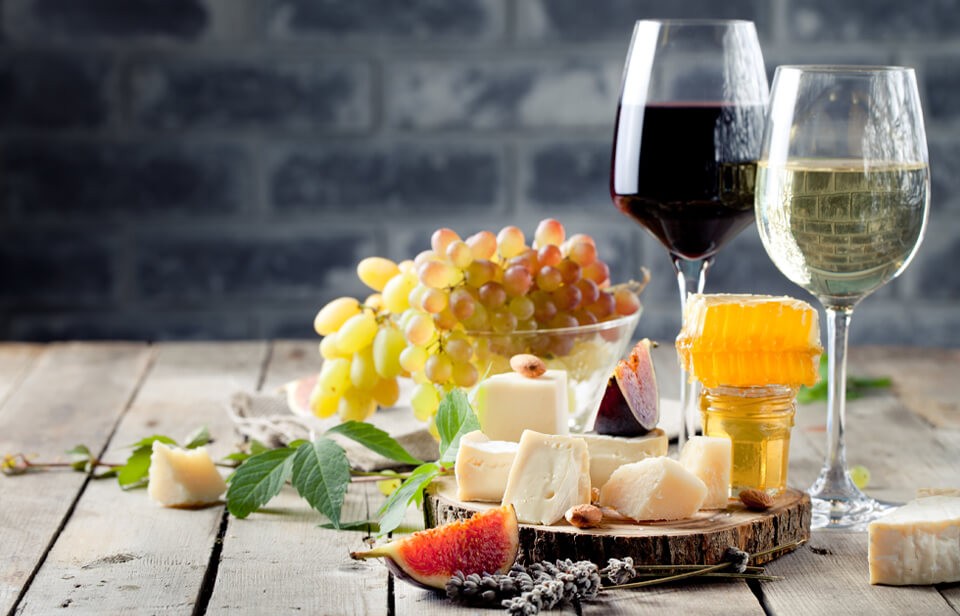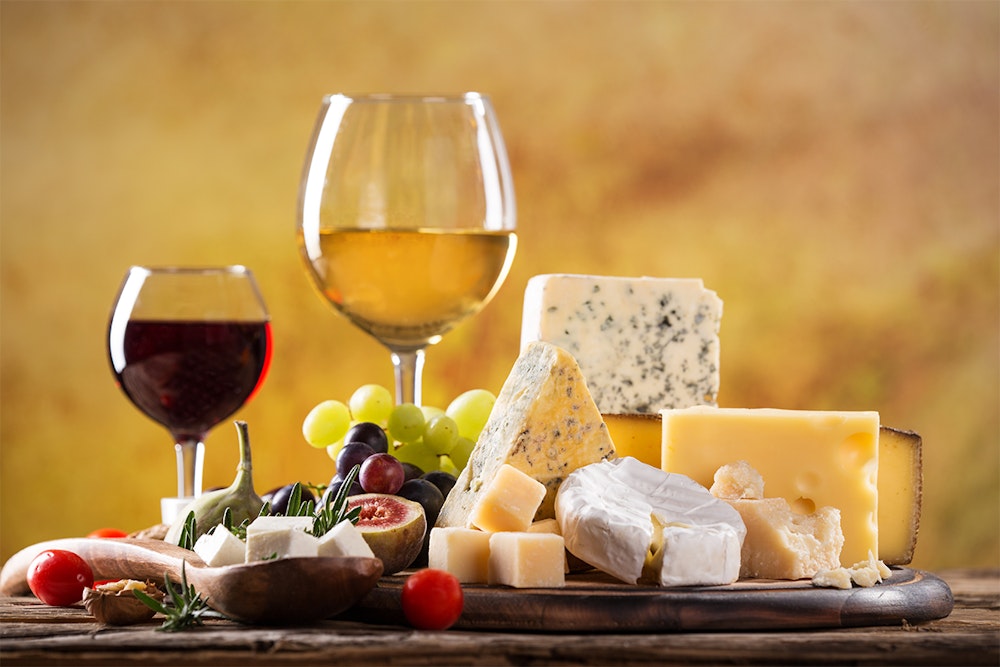Few culinary combinations evoke as much delight as a well-matched wine and cheese pairing. For centuries, these two fermented favorites have graced tables from rustic countryside picnics to elegant soirées, offering a symphony of flavors that can be both comforting and sophisticated. The allure lies not just in their appeal but in the magical transformation that occurs when the right cheese meets the right wine. The creamy, nutty, tangy, or pungent notes of cheese can highlight the fruit, spice, or minerality in wine, while the wine’s acidity, tannin, or sweetness can lift the cheese’s texture and flavor.
Yet, with the dizzying array of cheeses and wines available today, finding the perfect match can seem overwhelming. Should you pair a bold Cabernet Sauvignon with a sharp cheddar, or would a creamy Brie fare better with a crisp Chardonnay? Does the region matter, or is it all about personal taste? This guide demystifies the art of wine and cheese pairing, blending time-tested traditions with modern insights to help you create harmonious pairings for any occasion. Whether you’re a curious beginner or a seasoned enthusiast, you’ll find practical tips, classic combinations, and creative ideas to make your next wine and cheese experience unforgettable.
The Science Behind Perfect Pairings

Understanding why certain wines and cheeses work together begins with recognizing how our taste buds perceive different flavors and textures. The fundamental principle revolves around balance, creating harmony between the wine’s characteristics and the cheese’s profile. When done correctly, each element enhances the other, creating a sensory experience greater than the sum of its parts.
The most crucial rule in wine and cheese pairing is matching intensity levels. Delicate, fresh cheeses like ricotta or fresh mozzarella can be overwhelmed by bold, tannic red wines. Instead, they shine alongside light, crisp whites that won’t mask their subtle flavors. Conversely, aged, complex cheeses like Parmigiano-Reggiano or aged Gouda need wines with enough structure and intensity to complement their robust character.
Texture Considerations
Texture plays an equally important role in successful pairings. Creamy, rich cheeses benefit from wines with high acidity or effervescence, which cut through the fat and cleanse the palate. Hard, crystalline cheeses pair beautifully with structured wines that can match their firm texture. Soft-ripened cheeses with their flowing centers require wines that can handle both the creamy interior and the more intense rind flavors.
Regional Harmony: Traditional Pairings That Work
The concept of regional pairing—matching wines and cheeses from the same geographic area—provides an excellent foundation for successful combinations. These pairings have evolved over centuries, with local producers developing complementary products that reflect their shared terroir.
French regions exemplify this principle beautifully. Champagne’s crisp bubbles and bright acidity perfectly complement the rich, buttery texture of Brie de Meaux from the same region. The wine’s effervescence cuts through the cheese’s creaminess while enhancing its earthy, mushroom notes. Similarly, the Loire Valley’s Sancerre, with its mineral-driven Sauvignon Blanc, creates magic when paired with local Crottin de Chavignol goat cheese, where the wine’s citrusy acidity highlights the cheese’s tangy, herbaceous character.
Italian pairings showcase this regional synergy equally well. Tuscany’s Chianti Classico, with its bright acidity and cherry fruit flavors, enhances the nutty, crystalline texture of Pecorino Toscano. The wine’s moderate tannins complement the cheese’s sheep milk richness without overwhelming its delicate flavor profile.
Classic Combinations That Never Fail

Certain wine and cheese pairings have achieved legendary status among enthusiasts, representing perfect examples of complementary flavors and textures. Sauvignon Blanc with goat cheese stands as perhaps the most celebrated pairing, where the wine’s grassy, citrusy notes echo the cheese’s herbal character while its acidity cuts through the creamy texture.
Cabernet Sauvignon and aged cheddar represent another timeless combination. The wine’s bold tannins and dark fruit flavors complement the cheese’s sharp, complex taste, while the cheese’s fat content softens the wine’s structure. This pairing demonstrates how contrasting elements can create perfect balance.
Pinot Noir and Gruyère showcase the beauty of complementary pairing, where both wine and cheese share earthy, nutty characteristics. The wine’s silky texture and red fruit notes enhance the cheese’s complex flavor profile without competing for attention.
For those who enjoy blue cheese, Port wine provides the ultimate pairing experience. The wine’s sweetness balances the cheese’s saltiness and intensity, while its rich, fortified character can stand up to the cheese’s bold flavors. This combination proves that contrasting elements—sweet versus salty, smooth versus crumbly—can create extraordinary harmony.
Modern Innovations and Creative Pairings
Contemporary wine and cheese pairing has evolved beyond traditional combinations, embracing creative approaches that challenge conventional wisdom while respecting fundamental principles. These modern pairings often incorporate international cheeses with wines from different regions, creating exciting new flavor experiences.
Gewürztraminer with washed-rind cheeses like Époisses or Taleggio demonstrates how aromatic wines can tame pungent cheeses. The wine’s floral, spicy character complements the cheese’s intense aroma while its slight sweetness balances the saltiness.
Prosecco with fresh mozzarella or burrata represents a delightful modern pairing where the wine’s light bubbles and crisp acidity refresh the palate after each creamy bite. This combination works particularly well in warm weather or as an appetizer pairing.
Vermentino, an Italian white wine with citrus and saline notes, pairs beautifully with Fiore Sardo, a Sardinian sheep’s milk cheese. This regional pairing showcases how lesser-known combinations can create memorable experiences when the fundamental principles are respected.
Expert Strategies for Pairing Success

Successful wine and cheese pairing requires understanding several key principles that guide professional sommeliers and cheese experts. The concept of progressive pairing suggests starting with lighter combinations and building toward more intense flavors throughout a tasting session.
Acidity serves as the backbone of most successful pairings. Wines should generally have equal or greater acidity than their cheese partners to maintain balance and prevent the combination from feeling heavy or cloying. This principle explains why high-acid wines like Riesling work so well with rich, creamy cheeses.
The fat content in cheese significantly impacts pairing choices. Higher-fat cheeses require wines with more acidity or tannins to cut through the richness. Conversely, lean cheeses can be overwhelmed by overly structured wines, making lighter options more appropriate.
Temperature considerations also play a crucial role. Serving cheese at room temperature allows its full flavor profile to emerge, while wines should be served at their optimal temperatures to showcase their best characteristics. Red wines slightly below room temperature and whites properly chilled create the ideal conditions for successful pairings.
Building Your Perfect Cheese Board
Creating an exceptional wine and cheese experience requires thoughtful selection and presentation. A well-designed cheese board should offer variety in texture, intensity, and flavor profile, allowing guests to explore different pairing combinations throughout the evening.
Include representatives from major cheese categories: a soft-ripened cheese like Camembert, a semi-hard cheese such as aged Gouda, a hard cheese like Manchego, and a blue cheese for adventurous palates. This variety ensures compatibility with different wine styles and personal preferences.
Accompaniments play a crucial supporting role in successful pairings. Fresh and dried fruits provide sweetness that can bridge flavor gaps between wine and cheese. Nuts add textural contrast and complementary flavors, while honey offers a luxurious touch that enhances both wine and cheese characteristics. Quality crackers and artisanal bread serve as neutral palate cleansers between tastings.
Wine and cheese pairing represents one of gastronomy’s most enduring pleasures, combining tradition with endless opportunities for discovery. By understanding the fundamental principles of balance, intensity matching, and regional harmony, anyone can create memorable pairing experiences. Whether following time-tested classics or exploring innovative combinations, the key lies in respecting both the wine’s and cheese’s individual characteristics while seeking that magical moment when they enhance each other perfectly.


